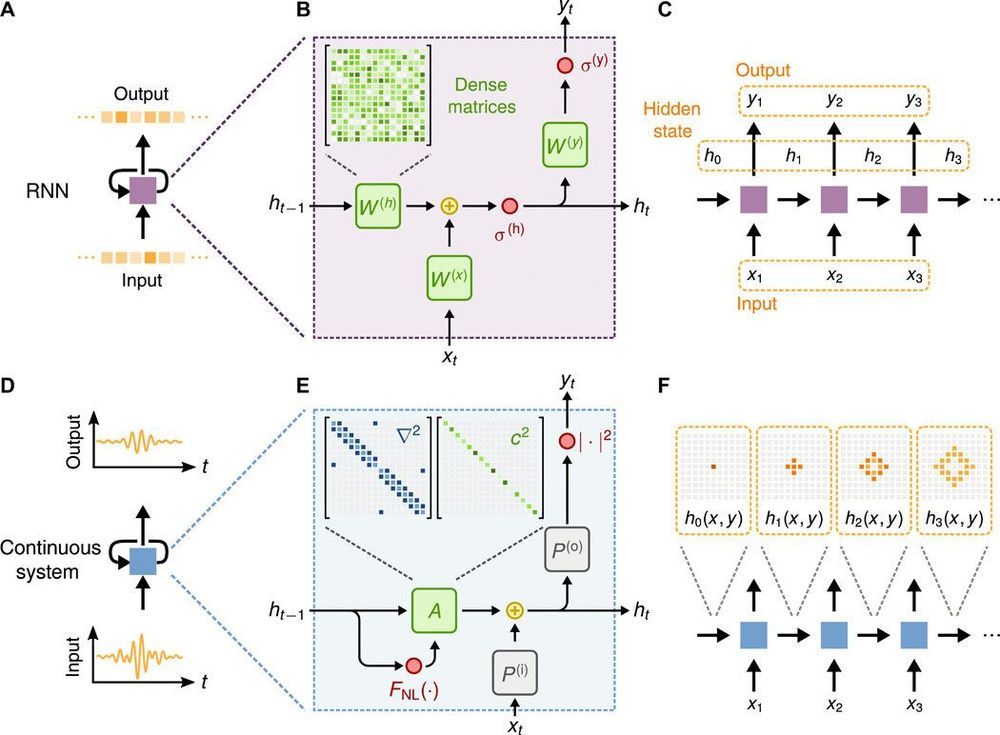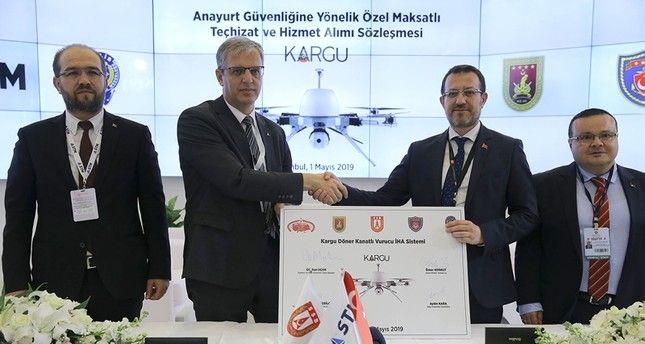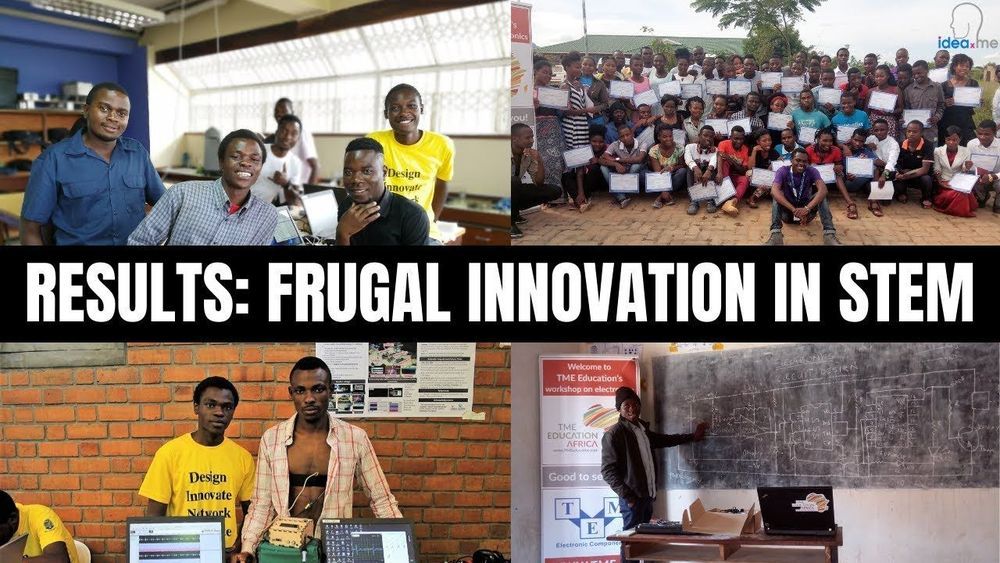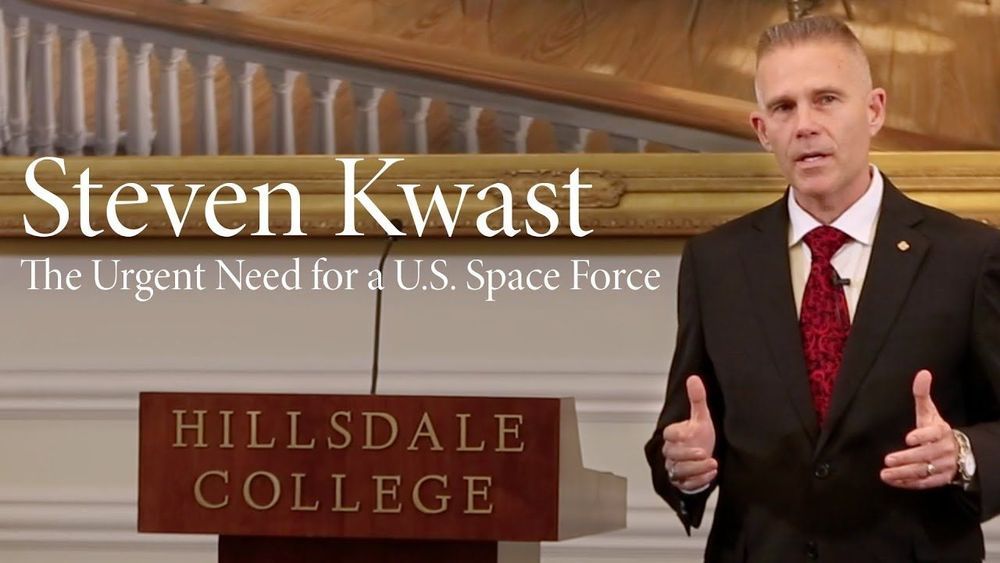Jan 16, 2020
AI Can Spot Low Glucose Levels Without Fingerprick Test
Posted by Genevieve Klien in categories: biotech/medical, engineering, robotics/AI, wearables
Researchers have developed a new Artificial Intelligence (AI)-based technique that can detect low-sugar levels from raw ECG signals via wearable sensors without any fingerprint test. Current methods to measure glucose requires needles and repeated fingerpicks over the day. Fingerpicks can often be painful, deterring patient compliance.
The new technique developed by researchers at University of Warwick works with an 82 per cent reliability, and could replace the need for invasive finger-prick testing with a needle, especially for kids who are afraid of those.
“Our innovation consisted in using AI for automatic detecting hypoglycaemia via few ECG beats. This is relevant because ECG can be detected in any circumstance, including sleeping,” said Dr Leandro Pecchia from School of Engineering in a paper published in the Nature Springer journal Scientific Reports.

















